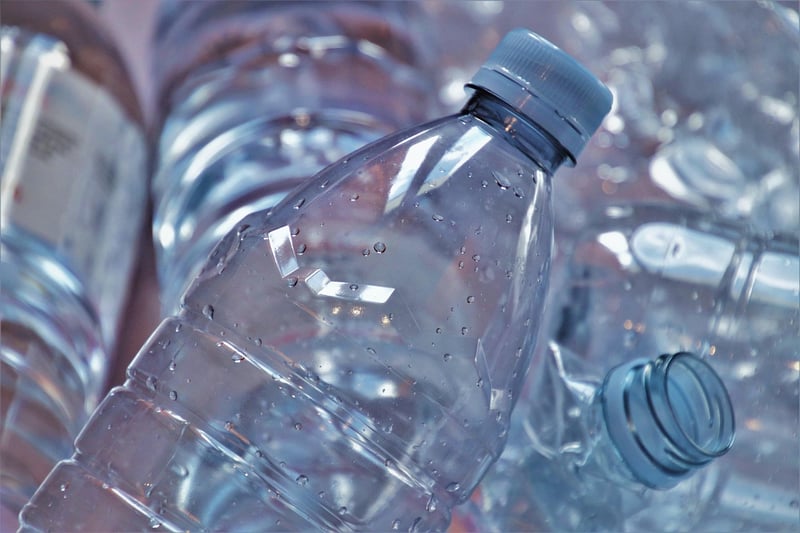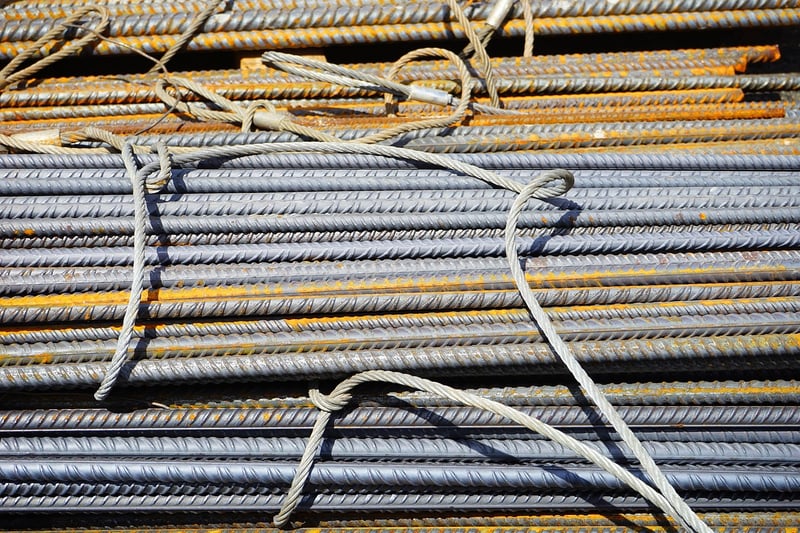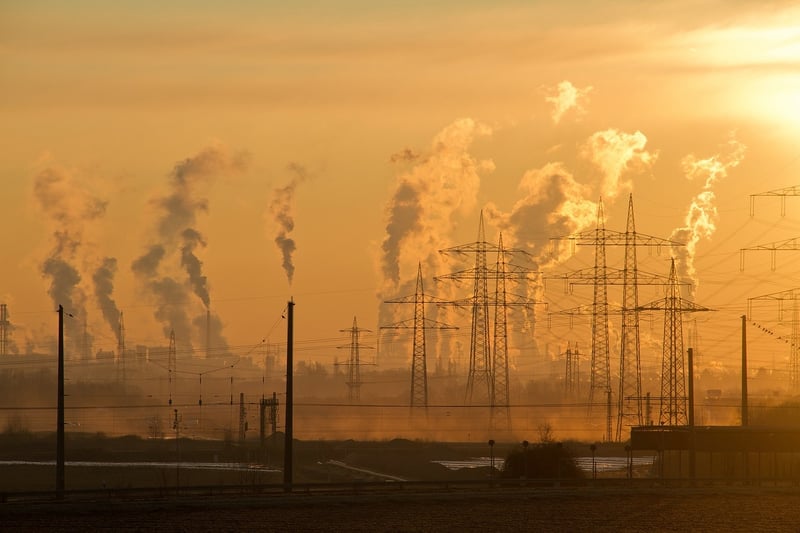Environmental Artworks
Art made from Repurposed Materials: Inspiring Environmental Artworks

Artists around the world are increasingly turning to repurposed materials to create stunning artworks that not only captivate viewers but also promote sustainability and environmental awareness. This trend towards using recycled and upcycled materials has given rise to a new genre of art known as environmental art.
What is Environmental Art?
Environmental art, also known as eco-art, is a form of artistic expression that addresses environmental issues and promotes sustainability. Artists working in this genre often use natural or recycled materials to create thought-provoking pieces that highlight the beauty of nature and the importance of conservation.
Benefits of Using Repurposed Materials in Art
- Sustainability: By using materials that would otherwise end up in landfills, artists help reduce waste and promote a circular economy.
- Creativity: Working with unconventional materials challenges artists to think outside the box and explore new possibilities.
- Message: Art made from repurposed materials often carries a powerful message about the impact of human consumption on the environment.
Inspiring Examples of Environmental Artworks
Let's take a look at some incredible artworks created from repurposed materials:
1. Plastic Bottle Installation

An artist transformed discarded plastic bottles into a striking installation that conveys a powerful message about plastic pollution in our oceans.
2. Scrap Metal Sculptures

Using old car parts and metal scraps, a sculptor created larger-than-life sculptures that showcase the beauty of repurposed materials.
3. Upcycled Paper Art

By turning old newspapers and magazines into intricate paper art, an artist demonstrated the potential of recycling paper for creative purposes.
Art made from repurposed materials not only sparks creativity but also raises awareness about the importance of sustainable practices in our daily lives. As we celebrate these innovative artworks, let's also reflect on our own role in protecting the environment for future generations.
